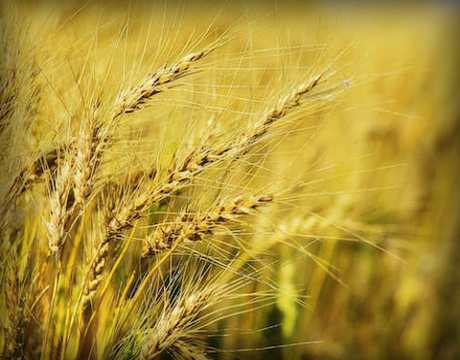Explore how Bangladesh, a global rice giant, navigates the challenges of climate change in agriculture. From resilient seeds to microfinance, discover holistic solutions crucial for the world’s third-highest rice-producing nation.
Table of contents
Navigating the Storm: Bangladesh’s Battle Against Climate Change in Agriculture
Half the world consumes rice, and in Bangladesh, a country with a population of 170 million, rice is not just a staple; it’s a way of life. However, as the nation grapples with the impacts of climate change, particularly on its agriculture, a holistic approach becomes imperative. This article delves into the challenges faced by Bangladeshi farmers, explores existing solutions, and underscores the need for comprehensive support in the face of a changing climate.
Bangladesh’s Unique Challenge
Ranked as the third-highest rice-producing country globally, Bangladesh’s agricultural success is now threatened by the relentless forces of the climate crisis. As a densely populated nation, where agriculture contributes to every second livelihood, the implications of climate change reverberate across diverse landscapes – from floods in the northeast to rising salinity along the coast.
Holistic Solutions at Scale
The scale of the challenge demands more than incremental changes. Bangladesh, having successfully reduced poverty rates from 80% to 18.7% in the last 50 years, offers a model that emphasizes holistic, large-scale approaches. The starting point for such endeavors is the fundamental aspect of agriculture – seeds. Bangladesh’s investment in high-yield varieties played a pivotal role in achieving self-sufficiency in food.
Seed Vulnerabilities and Diversity Crisis
Ironically, the high-yield crops that fueled Bangladesh’s agricultural success are now vulnerable to climate impacts. A lack of diversity in crop varieties further compounds the problem. While the country possesses numerous climate-resilient seed varieties, reliance on just two dominates 70% of Boro rice fields. The challenge ahead lies not only in developing resilient seeds but also in encouraging farmers to embrace them and explore alternative crops.
Beyond Rice: Diversification for Resilience
Rice, covering 80% of cultivable land, requires extensive water resources. Encouraging farmers to diversify towards crops like maize and millets, requiring significantly less water, becomes crucial. However, breaking away from generations of tradition poses a formidable challenge, especially for smallholder farmers living harvest to harvest.
Role of NGOs and Access to Finance
Non-governmental organizations (NGOs) play a pivotal role in bridging these gaps. Organizations like BRAC work closely with communities, leveraging their trust to promote climate-resilient seeds. However, for farmers to experiment with these seeds, access to finance is vital. Customized microfinance loans, tailored for farmers who often need upfront capital, prove to be a game-changer.
Importance of Crop Insurance
The increasing frequency of climate shocks necessitates crop insurance to help farmers absorb the impacts. While over half of the world’s countries have government agriculture insurance programs, only four in Africa possess them. Piloting crop insurance programs, even without subsidies, has shown promise in Bangladesh.
Knowledge and Market Linkage
Farmers need actionable information and market linkage to make informed decisions. Initiatives like adaptation clinics, one-stop service centers in climate hotspots, offer farmers a range of resources from weather forecasts to market information and training.
Challenges Ahead
As climate impacts threaten to wipe out 30% of food production by 2050, the challenges facing farmers are intensifying. A comprehensive support system that combines technical strengths, localized direction, and the confidence to transition away from traditional practices becomes imperative.
Conclusion:
Bangladesh stands at the forefront of climate resilience in agriculture. Seeds, finance, information, and market linkage are vital pieces of the puzzle. As the global population grapples with increasing hunger levels, the importance of comprehensive support for farmers has never been higher.

